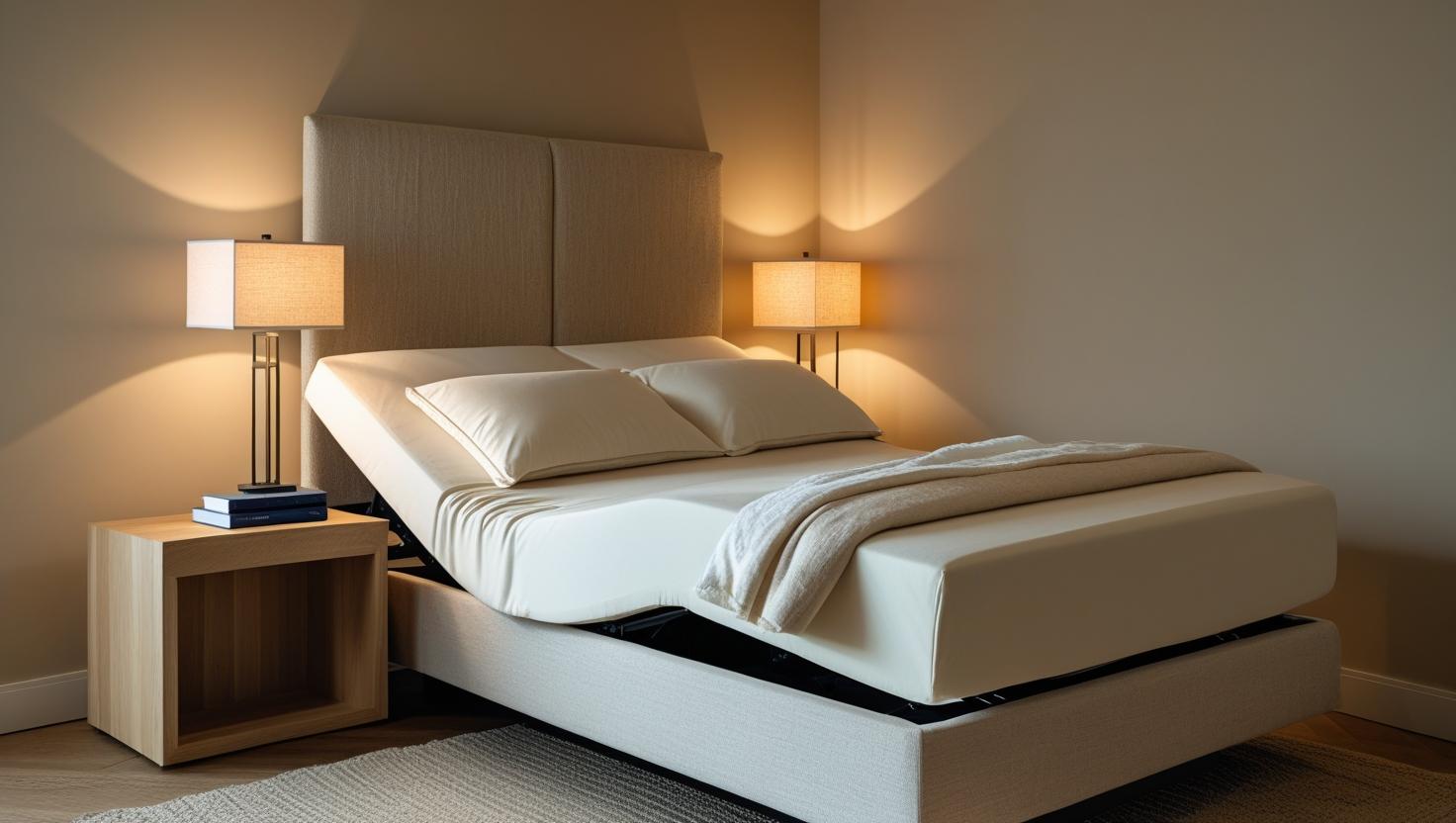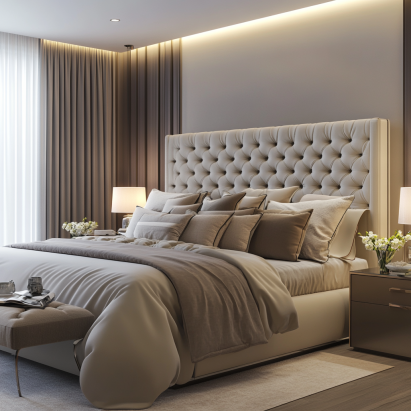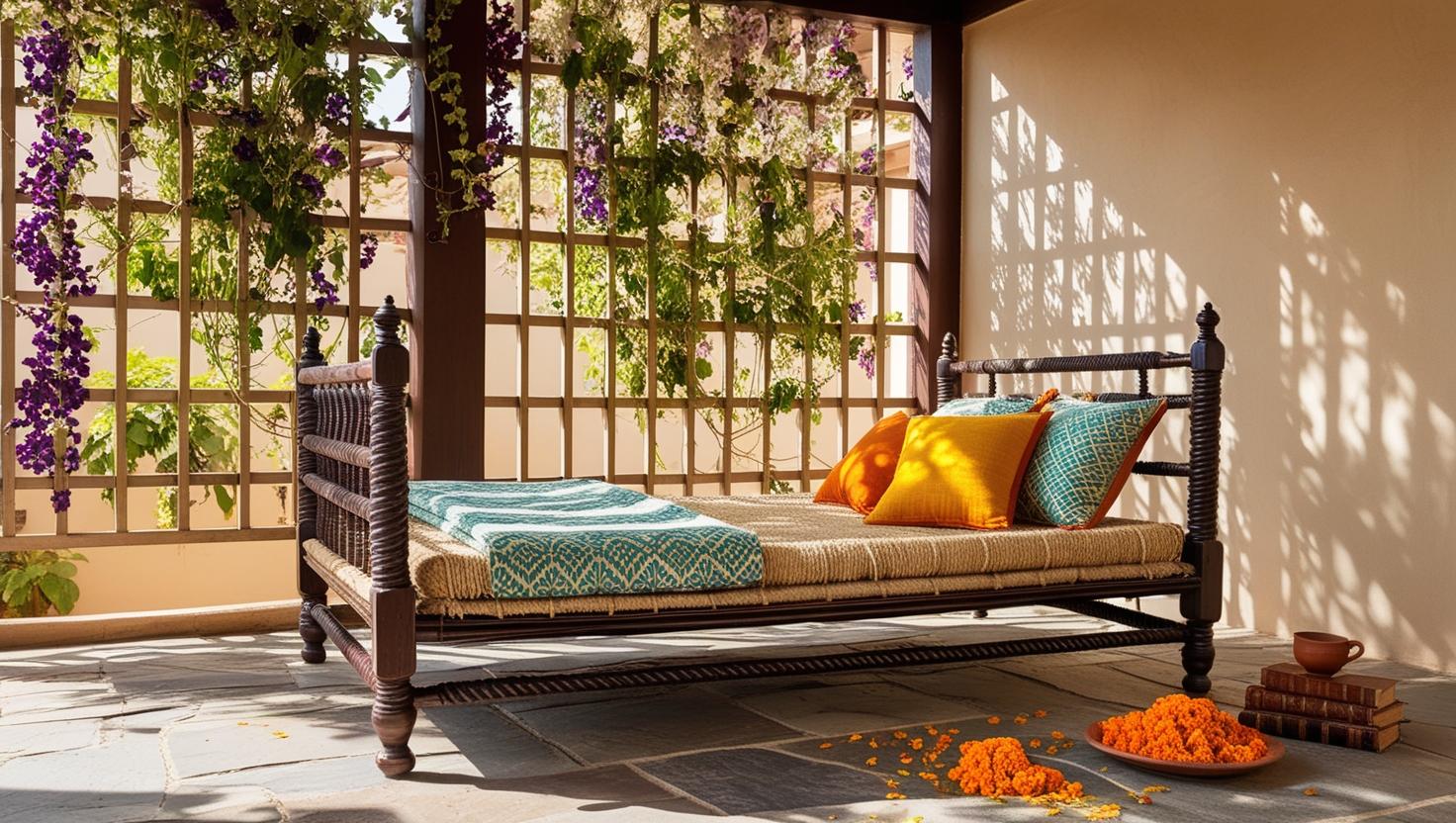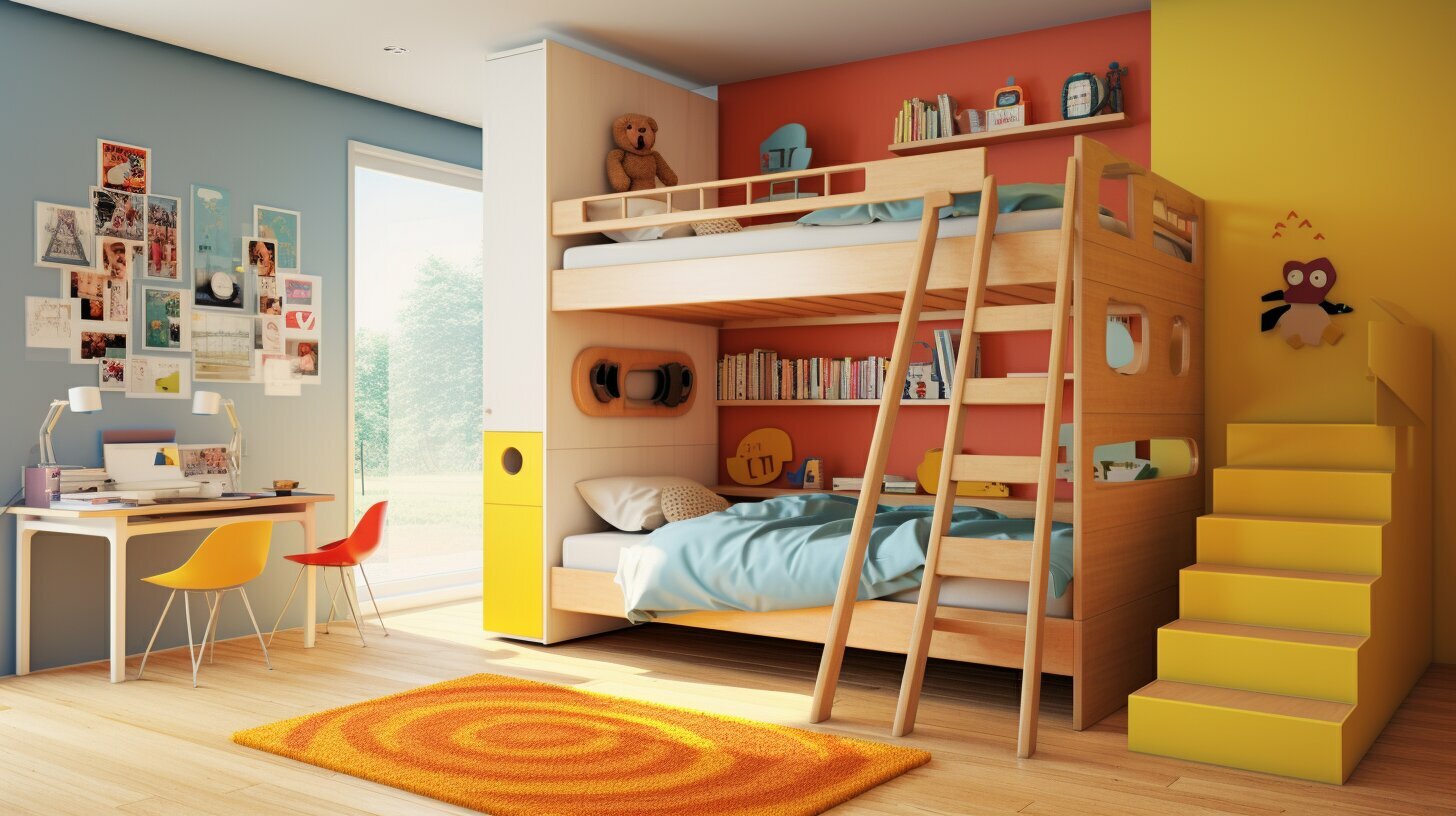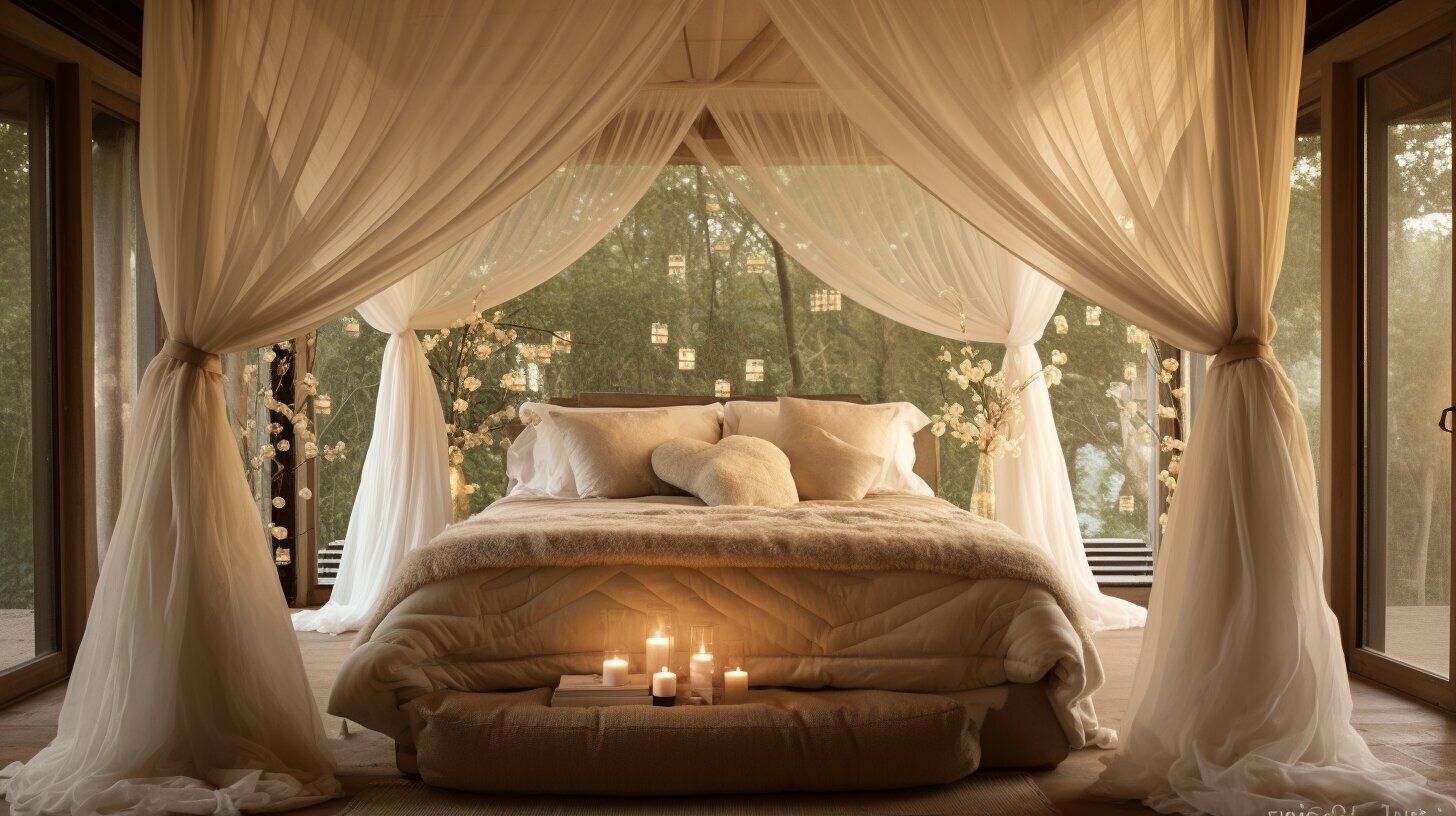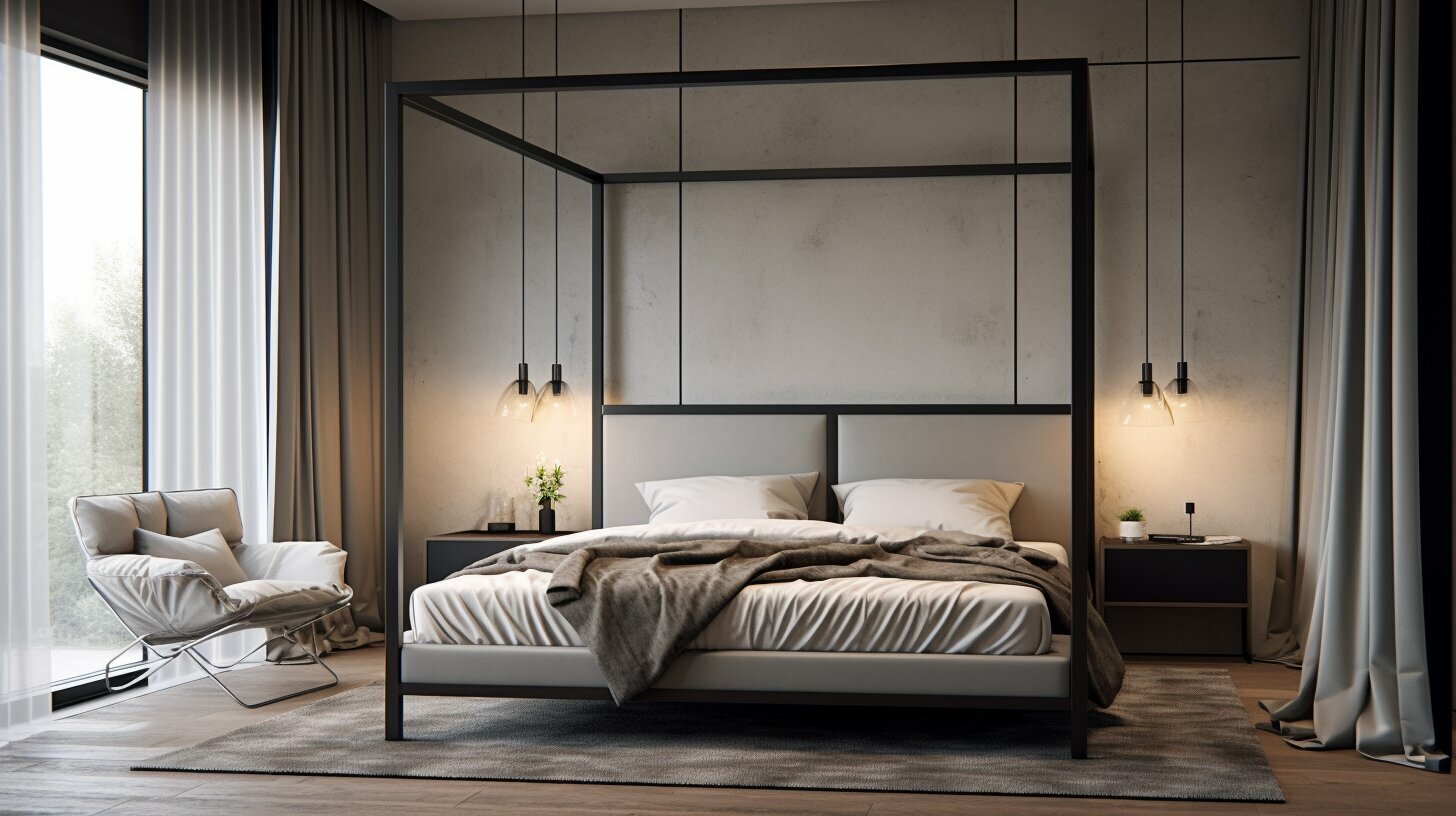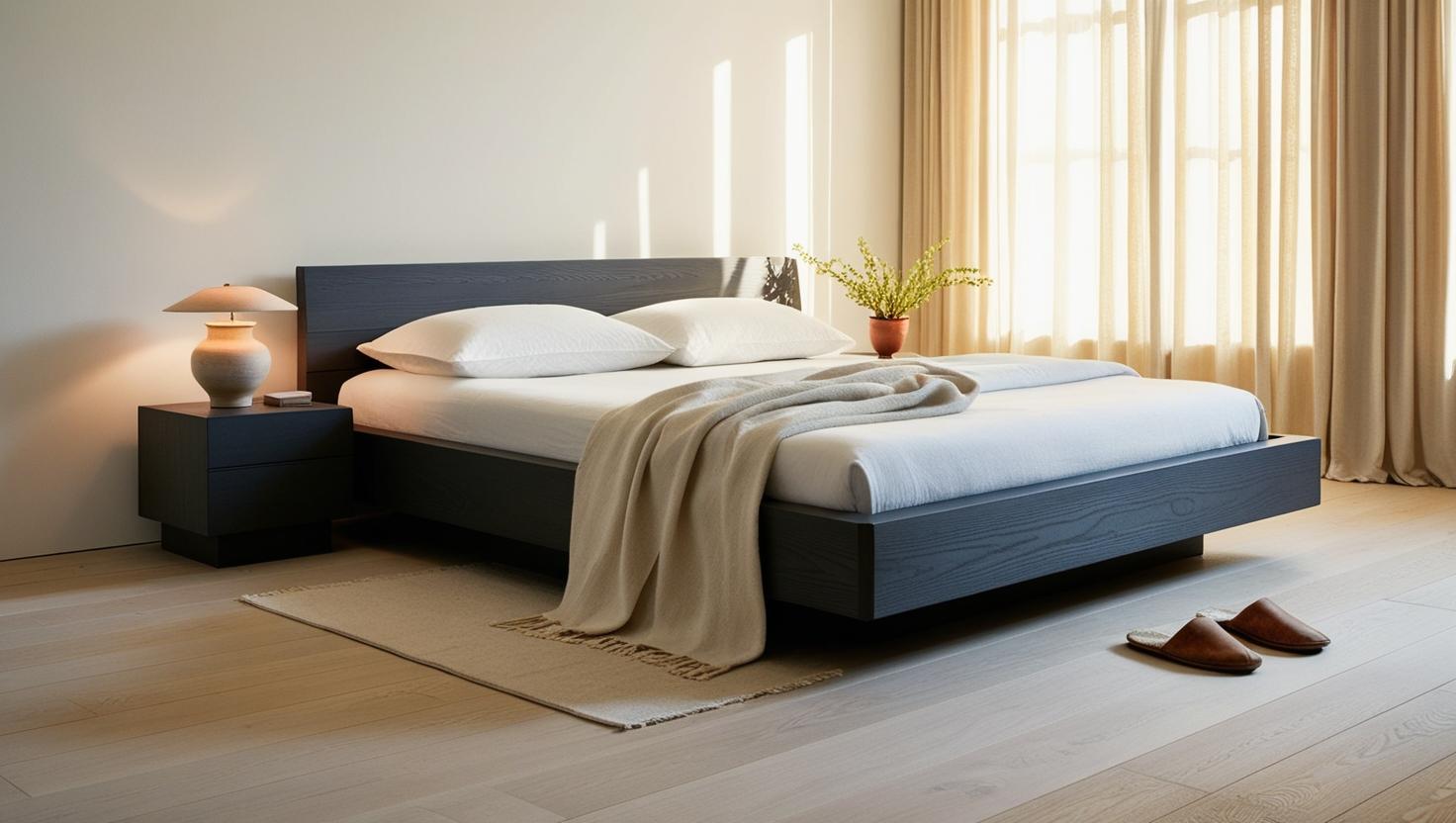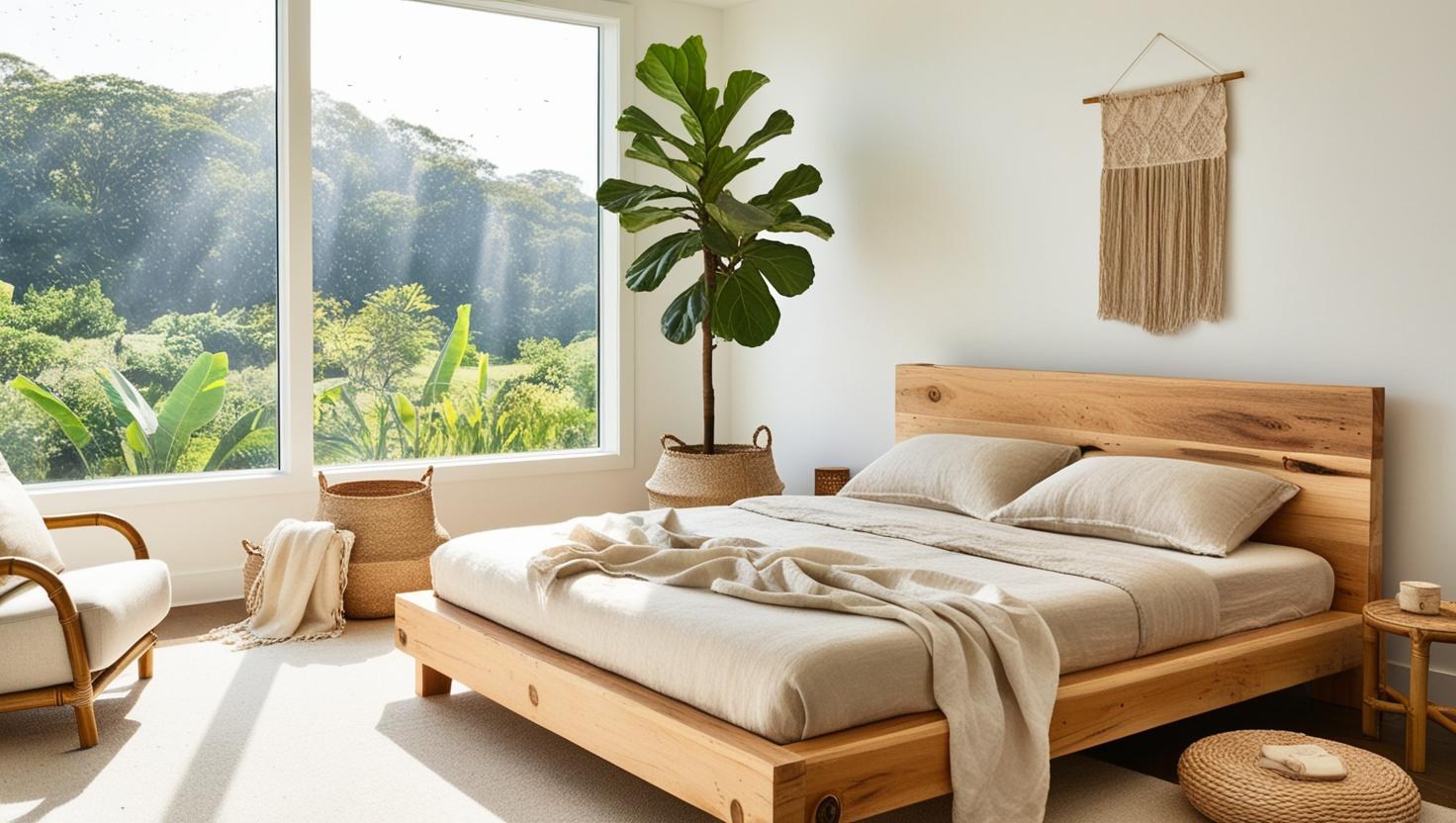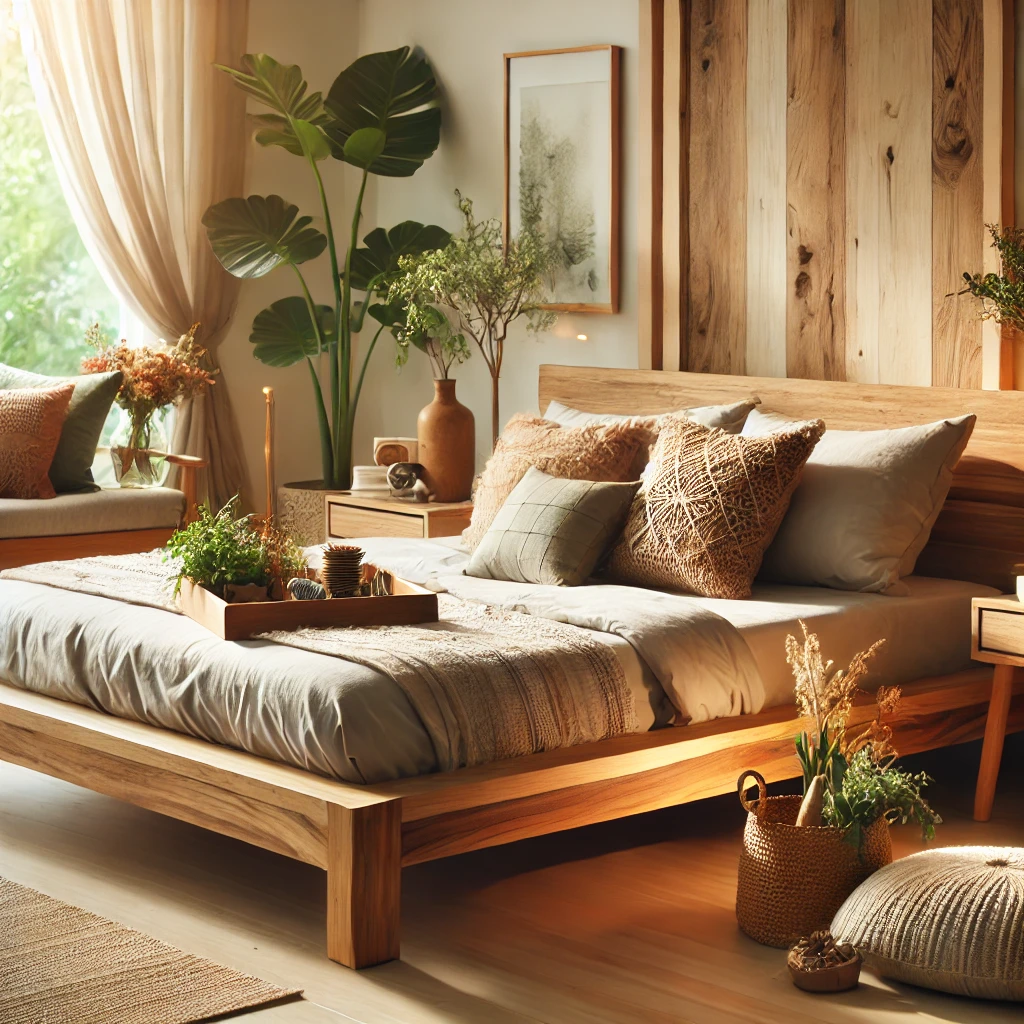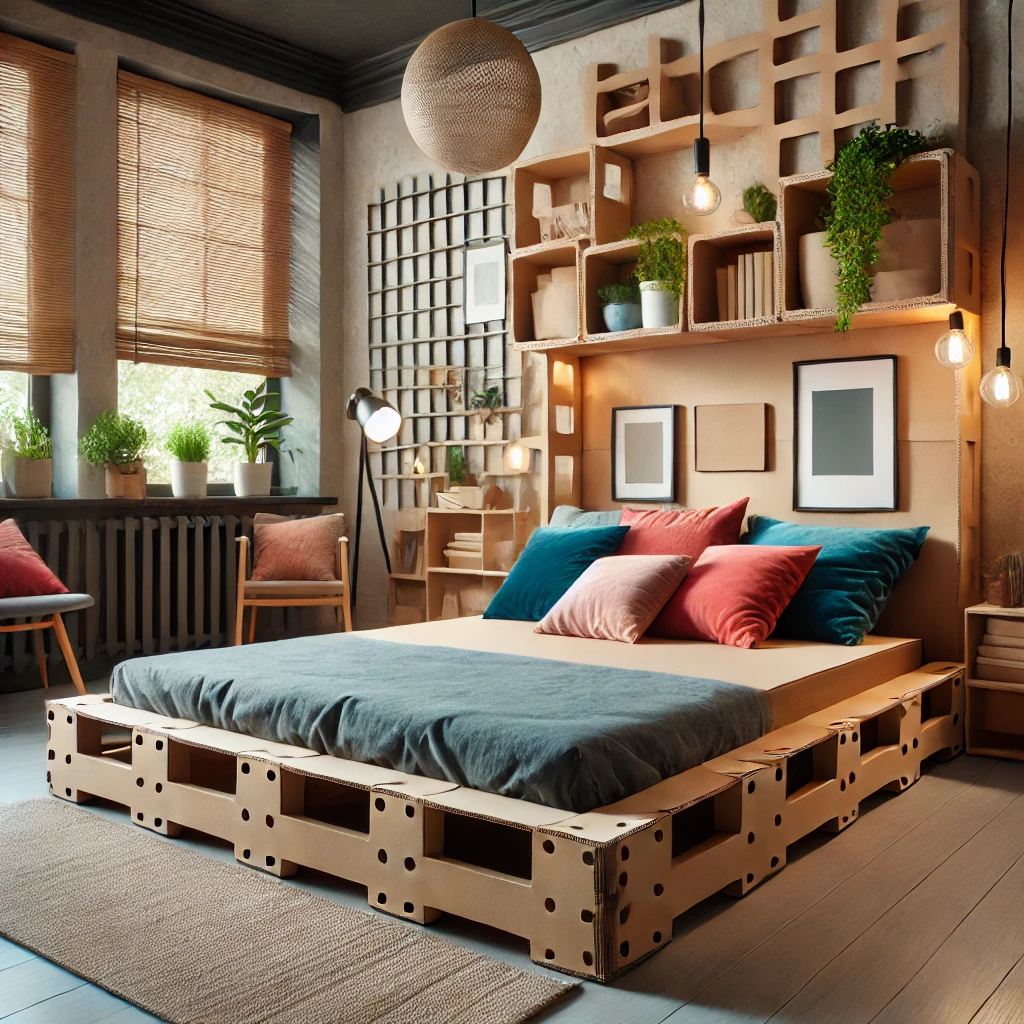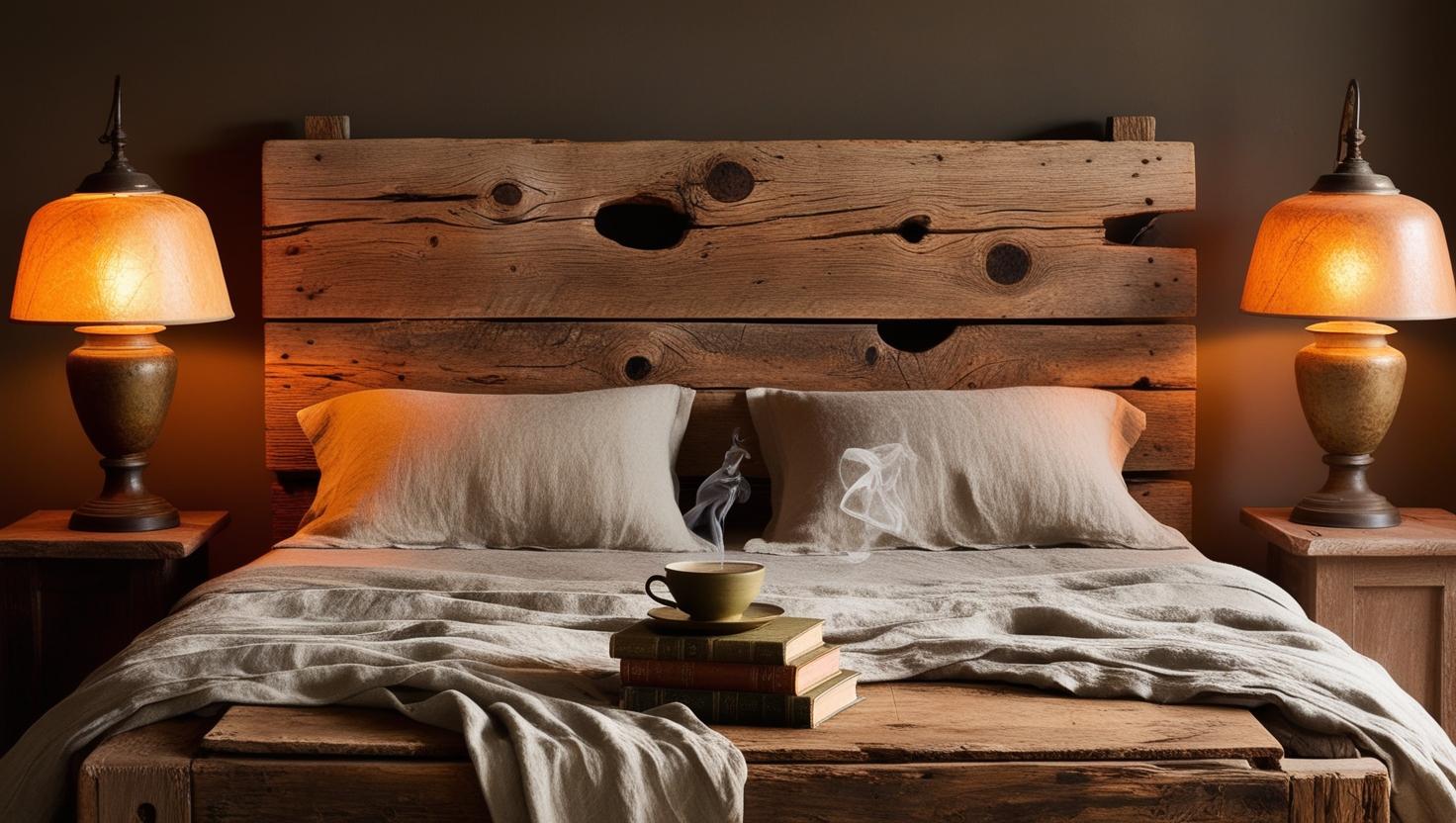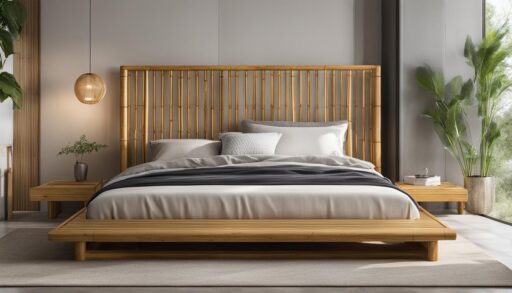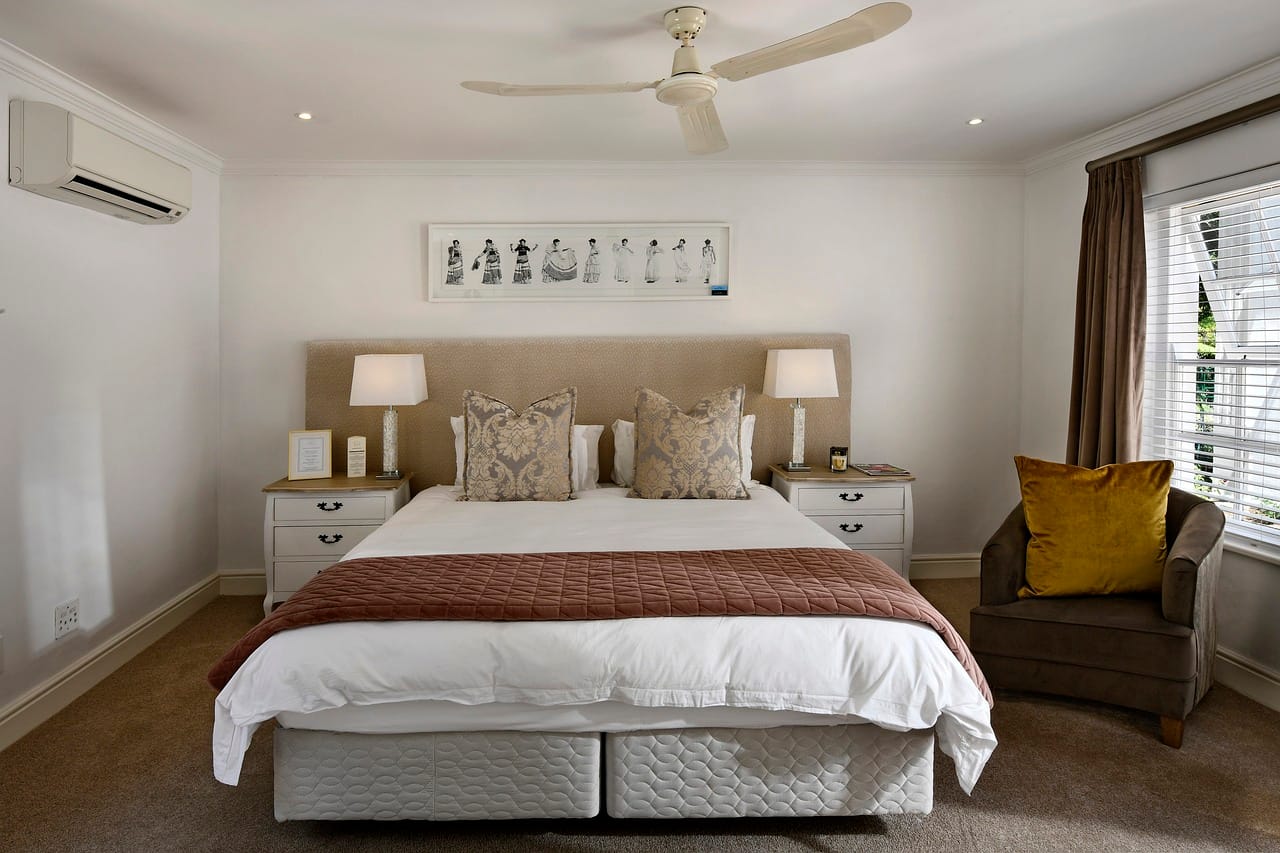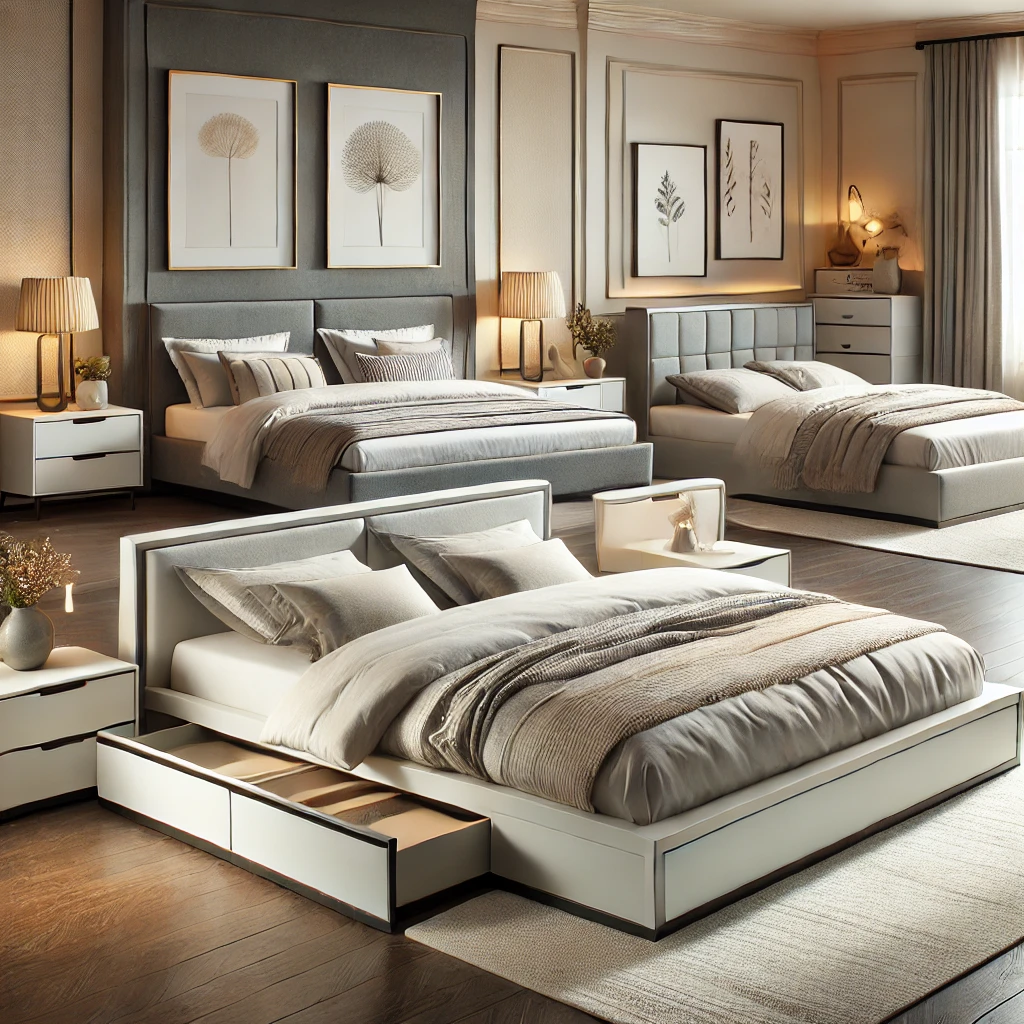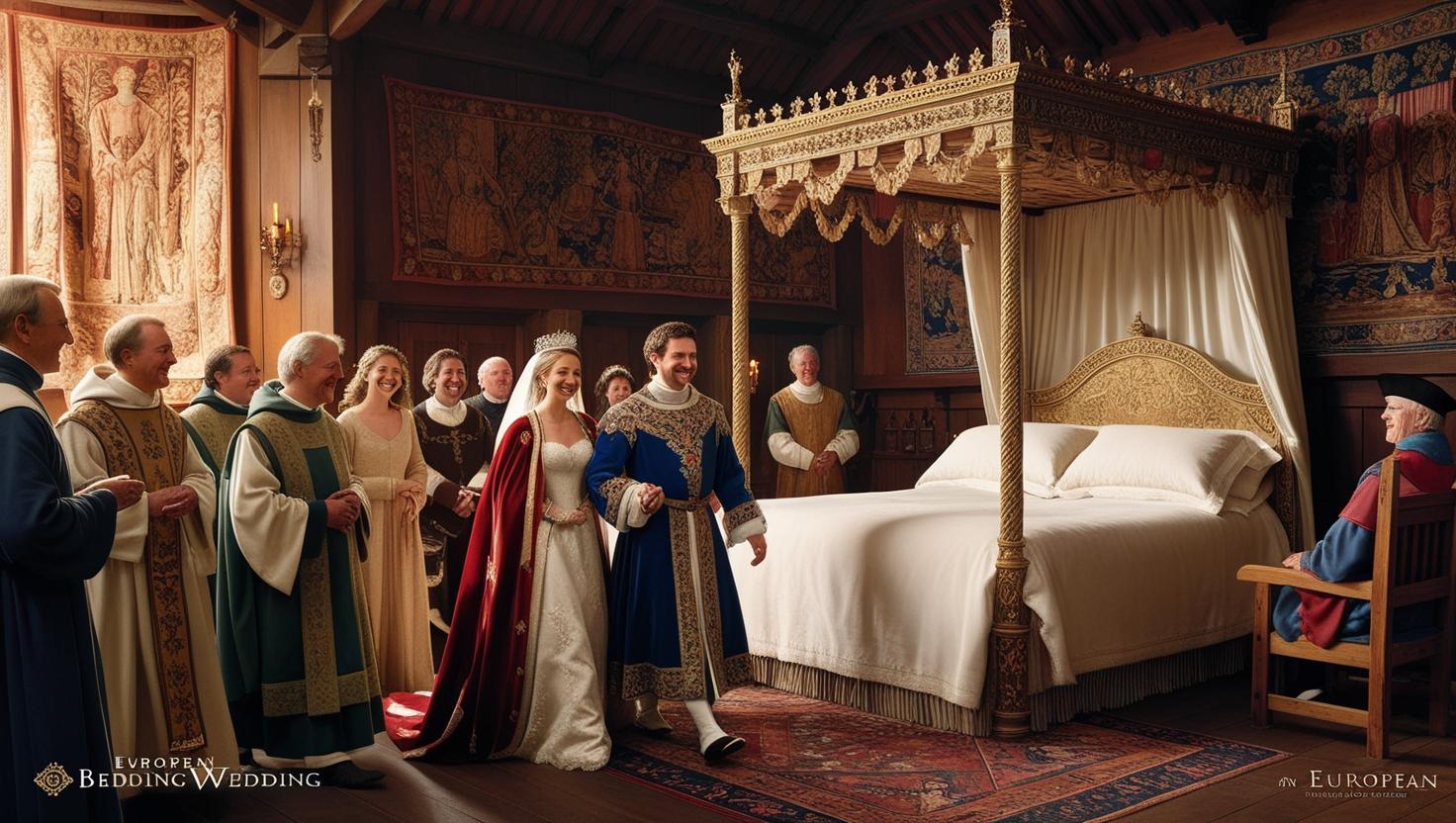Best Eco Friendly Bed Frame
Looking to transform your bedroom into a sustainable sanctuary? The best eco friendly bed frames offer the perfect blend of style, durability, and environmental responsibility. Designed to support both restful sleep and the planet, these frames use responsibly sourced materials and chemical-free finishes that are safe for your home and the Earth.
Key Takeaways
- The best eco friendly bed frames are crafted from FSC-certified wood, reclaimed materials, or recycled metal for sustainable construction.
- Non-toxic finishes such as water-based stains or plant-based oils help maintain healthier indoor air quality and are safer for families and pets.
- Trusted brands like Avocado, Thuma, and Medley offer stylish, sustainable options for every home aesthetic.
Choosing a sustainable bed frame supports long-term environmental goals while enhancing your bedroom with clean design and quality materials.
Why Choose an Eco Friendly Bed Frame?
Traditional bed frames are often constructed using synthetic composites, plastic veneers, and chemically treated wood. These materials may release volatile organic compounds (VOCs) into your living environment, contributing to poor indoor air quality and potential health issues such as headaches, allergic reactions, and respiratory discomfort. Additionally, the production process for such materials frequently involves deforestation, heavy energy consumption, and waste generation.
Eco friendly bed frames, on the other hand, are made with sustainability and safety in mind. Whether crafted from Forest Stewardship Council (FSC)-certified hardwoods, rapidly renewable bamboo, or recycled metals, these frames are built to reduce environmental harm and promote longevity. Many also feature low-VOC or zero-VOC finishes, ensuring they do not emit harmful toxins while in your home.
Here’s why more people are opting for eco friendly alternatives:
- Environmental Impact: Using reclaimed or responsibly sourced materials helps conserve forests and reduce industrial emissions.
- Healthier Homes: Non-toxic glues, stains, and finishes protect your indoor air, which is especially beneficial for families with children or sensitive individuals.
- Long-Term Value: Many sustainable bed frames are handcrafted with exceptional durability, meaning they’re less likely to end up in a landfill after a few years of use.
- Unique Design: Reclaimed wood often features one-of-a-kind grain patterns and natural imperfections that give your bedroom a warm, rustic charm that mass-produced frames can’t replicate.
To visualize the benefits of this approach, compare a particle board frame—often made with formaldehyde-laced adhesives—to a solid oak frame finished in plant-based oils. The difference is night and day: one degrades quickly and may off-gas toxins; the other lasts decades and supports a healthy sleeping environment.
Ultimately, switching to an eco friendly bed frame is about making a conscious choice that aligns with both your lifestyle and values. It’s a simple yet impactful way to reduce your carbon footprint and create a healthier, more serene bedroom. You can explore more ideas for a green sleep setup in our eco bedroom inspiration guide.
Materials Matter: Wood vs. Metal
Choosing between a wooden or metal eco friendly bed frame depends not just on your style preferences, but also on how you want to contribute to sustainability. Each material has distinct environmental and practical benefits, and understanding them helps you make a smarter, greener choice for your bedroom.
If you’re curious about other frame options and their eco value, check out our bed frame materials and styles guide.
Wooden Bed Frames
Wooden frames offer timeless beauty and a cozy, natural aesthetic. When sourced responsibly, they are among the most eco-friendly furniture choices. Look for wood labeled FSC-certified, which ensures it comes from sustainably managed forests. Another option is reclaimed wood — timber salvaged from old buildings or furniture — which reduces the demand for new lumber and gives materials a second life.
- FSC-Certified Wood: Ensures minimal environmental impact through responsible forestry practices.
- Reclaimed Wood: Brings history and uniqueness to each piece, with rich character from previous use.
- Bamboo: An ultra-renewable grass that grows quickly, requires no pesticides, and is incredibly strong and stylish.
Wood frames can last decades with minimal care, and they can be refinished or repaired over time instead of thrown away. For eco-conscious homes aiming for a rustic, Scandinavian, or minimalist look, wooden bed frames are an excellent choice.

Metal Bed Frames
Metal frames, when made from recycled steel or aluminum, also check the eco friendly box. These bed frames are often praised for their strength, minimal design, and long lifespan. They can support heavy loads and require less maintenance than wood, making them ideal for modern or industrial-style bedrooms.
- Recycled Steel: Uses up to 75% less energy to produce compared to new steel and significantly reduces mining waste.
- Durability: Metal frames are nearly indestructible and can easily last 20+ years with no structural issues.
- Recyclability: At the end of their use, metal frames can be melted down and repurposed again, continuing the sustainability cycle.
If you’re looking for something sleek, easy to clean, and especially supportive, recycled metal bed frames are a smart and sustainable investment. For more on sourcing responsibly manufactured metals, visit our metal sustainability guide.
Top Brands Offering Eco Friendly Bed Frames
Finding the best eco friendly bed frames is easier when you know which brands prioritize sustainability. These companies go beyond just using green materials — they also implement ethical labor practices, reduce waste in packaging, and offset their carbon emissions. Let’s explore three standout brands making a real difference in the bedroom furniture space.
Avocado
Avocado is a pioneer in the sustainable home industry. Their bed frames are handcrafted in California using reclaimed wood from local sources. Every piece features non-toxic finishes and low-VOC adhesives, making them safe for your home. The wood’s rich tones and visible grain tell a story of reuse and craftsmanship.
What sets Avocado apart is its commitment to transparency and environmental certifications. All their frames are GREENGUARD Gold certified, and the brand is a Certified B Corporation, meaning it meets rigorous standards for social and environmental performance. You can learn more about their bed frames here.
Thuma
Thuma’s bed frames marry elegant design with sustainability. Crafted from upcycled rubberwood, each frame showcases Japanese joinery, eliminating the need for metal fasteners or tools. The result? A sleek, modern aesthetic with an eco-conscious footprint.
In addition to using eco-friendly materials, Thuma keeps shipping minimal by using compact, recyclable packaging. Their direct-to-consumer model cuts down on overhead waste and supports their mission to create long-lasting, low-impact furniture. Explore Thuma’s collection for minimalist, planet-friendly options.
Medley
Medley is a standout for those who want customization without compromising on sustainability. Their bed frames are made from FSC-certified domestic hardwoods and finished with zero-VOC plant-based oils. You can choose everything from the wood type to the leg shape, giving you a personalized product that fits both your aesthetic and your eco goals.
Medley also produces its products in Los Angeles, allowing for better quality control and reduced shipping emissions. The brand’s emphasis on durability means fewer replacements and less waste over time. Discover Medley’s sustainable designs to customize your own eco friendly bed frame.
Certifications to Look For
When shopping for the best eco friendly bed frames, certifications provide peace of mind that your furniture meets stringent environmental and safety standards. These labels aren’t just for marketing — they verify that the materials used are responsibly sourced and that the products contribute to a healthier indoor environment.
Look for these key certifications as you evaluate bed frame options. For a deeper dive into eco credentials, visit our guide to sustainable wood certifications.
- FSC (Forest Stewardship Council): This international certification ensures that the wood comes from responsibly managed forests that provide environmental, social, and economic benefits.
- GREENGUARD Gold: Products with this label have been tested for more than 10,000 chemicals and are certified for low emissions, which is especially important for people with allergies or sensitivities.
- OEKO-TEX: Though more commonly associated with textiles, OEKO-TEX certification means that materials like upholstery or finishings are free from harmful substances and safe for human use.
These certifications are essential if you’re furnishing a nursery, shared bedroom, or any space where long-term health and sustainability matter. Brands like Avocado and Medley prominently feature these eco credentials, showing their commitment to high standards.
Summary: Certifications serve as reliable indicators that your bed frame isn’t just beautiful — it’s built to protect both people and the planet.
Tips for Choosing the Right Eco Friendly Bed Frame
With so many styles and materials available, choosing the best eco friendly bed frame for your needs can feel overwhelming. The good news is that whether you prefer rustic wood or minimalist metal, there are sustainable options for every space and budget. Here’s how to narrow down your decision.
Also, check out our guide to cardboard bed frames for ultra-lightweight, innovative alternatives.
- Material: Decide between FSC-certified wood, reclaimed timber, bamboo, or recycled metal. Each has its advantages in durability, appearance, and environmental impact.
- Size & Dimensions: Measure your room and mattress before you shop. Eco friendly bed frames come in all sizes, but choosing the right fit ensures comfort and prevents waste from returns.
- Assembly: Tool-free or minimal-tool assembly not only saves time but also reduces reliance on extra hardware or adhesives — which can be less sustainable.
- Aesthetic Preferences: Choose a frame that complements your interior style. From modern minimalism to rustic charm, sustainable materials can be finished in countless ways.
- Budget: While some eco frames are an investment, others are competitively priced thanks to direct-to-consumer models. Prioritize durability — spending a bit more upfront can mean fewer replacements later.
Don’t forget to factor in your lifestyle needs. For instance, pet owners might favor elevated frames for easy cleaning, while city dwellers may prioritize storage space beneath the bed.
Summary: Choose a frame that aligns with your style, space, and sustainability values — the perfect eco friendly bed frame should support your sleep and the planet.

Investing in an eco friendly bed frame is a powerful way to support your wellness and the planet at the same time. These beds aren’t just furniture — they’re statements of your values, offering peace of mind that your sleep sanctuary is as safe and sustainable as it is stylish. From reclaimed wood to recycled metal, and from minimalist aesthetics to rustic charm, the options are as diverse as today’s eco-conscious sleepers.
For a complete green bedroom makeover, don’t stop at the bed frame. Visit our guide to sustainable bedding for tips on eco-friendly sheets, pillows, and more.
FAQ
- What makes a bed frame eco friendly?
- Eco friendly bed frames are made from sustainable materials like FSC-certified wood or recycled metal and use non-toxic finishes, ensuring minimal environmental impact and better indoor air quality.
- Are eco friendly bed frames more expensive?
- While some sustainable bed frames may have a higher upfront cost, their durability and quality often result in long-term savings by reducing the need for replacements.
- Can I find stylish eco friendly bed frames?
- Absolutely! Brands like Thuma and Medley offer elegant, minimalist designs that blend sustainability with modern home aesthetics.
- Do eco friendly bed frames require special maintenance?
- No special maintenance is needed. Just follow basic care guidelines like regular dusting and avoiding harsh chemical cleaners to keep your frame looking its best.



